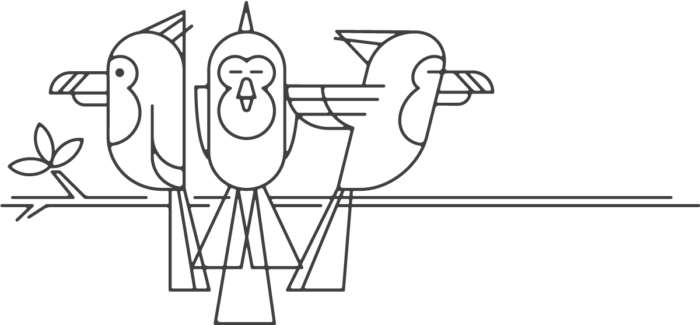
Birds of a feather flock together.
This timeless adage has been proven time and time again. Yes by people and their close relationships, but also people and the brands they choose to associate themselves with.
Simply put, “brand association” is the consumer’s preconceived notion of your business.
This can either be a great thing or a really bad thing.
Ex: Your perception of me changes if I asked you to get a burger with me at McDonalds vs In-N-Out. Both fast food, both burgers, and both massive companies. Yet your association with McDonalds is most likely not as great; therefore, subconsciously, I know you’ll perceive me differently. Ultimately forcing me to socially default to align with a brand, like In-N-Out, that is more accepted and approved. — Coke vs Pepsi, PC vs Mac, Starbucks vs local coffee, and the list goes on…
Brand association can be assisted by strategically fine tuning your following to a specific lifestyle or doing collaborations with brands who correlate with yours. This cross pollination of brands not only draws in more interest, but verifies your brand through positive association. (We will talk more about Brand Partnerships in another post)
Beyond Businesses
The premise of “association” instantly makes one think of a business being positioned against another business. This may be the case for the majority of situations, however, there are other psychological dynamics at play.
As mentioned above, a business like Starbucks isn’t just playing against (or leaning into) your association of them versus Peet’s or Coffee Bean, but also the trend of local coffee shops. This can be seen in Nordstrom versus your local boutique, Amazon versus shopping local, Facebook versus privacy, etc.
This is raw evidence that a brand has many more dynamics than just being a business. The simple fact that someone is willing to shop online vs shop local is proof of the lifestyle dynamic that every brand must consider. It’s not a simple choice between services or business models, but an identity choice.
The consumer asks themselves if they are a Prime Member or a Local Patron, a Gold Card Member or a Coffee Enthusiast, and so on. They ask themselves what this says about them to their peers. What it says about their personal values. How it makes them feel.
This is why birds of a feather flock together.
Association is directly correlated with identity.
It’s more than just picking a certain type of bird to fly with, but where is this flock flying to? What do they eat? How do they keep their nests?
So… McDonalds or In-N-Out?
The choice is yours.
Note: Associations and positionings are not about being everything to everyone. This is where Opportunity Costs come into play. Read what we wrote about these costs here: The Value of Opportunity Costs

